Large nasturtium
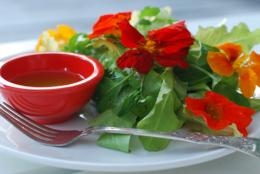
Imagine a light, refreshing dessert topped with... edible fresh flowers. Do you think this is not possible? But in nature there are many flowers suitable for consumption. Some of them are used to make aromatic jam, for example, tea rose petals, while others, including nasturtium flowers, can be eaten fresh or prepared from them into delicate salads or soups of extraordinary taste.
Large nasturtium has medicinal properties, it is often used for anemia, high blood pressure and to prevent scurvy. And its sweetish-spicy flowers are widely used for culinary purposes. Not only flowers can be eaten, but also other parts of the plant, except the roots. This unique spice is also rich in useful substances: it contains a huge amount ascorbic acid, phytoncides, carotene and antimicrobial substances.
Large nasturtium is grown from seeds or seedling method. If you want to get nasturtium seedlings yourself, then you can start sowing the seeds in mid-March, in open ground the seeds can be sown closer by the end of May. Here it is important to wait until the frosts are not dangerous, since nasturtium is a very heat-loving crop and even minor cold weather can kill the plant.
When fertilizing nasturtium up to twice during its entire life cycle, you should avoid fresh manure, nitrogen and excess lime. For this plant it is best to use mineral complex fertilizers.
Nasturtiums look great not only in gardens, but also on balconies and open verandas.

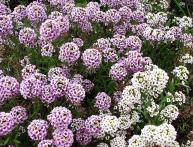
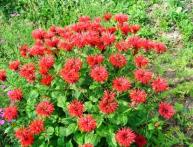
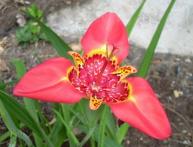
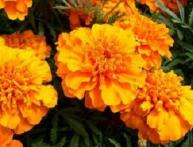
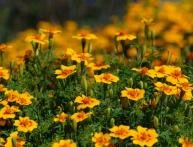
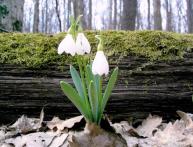

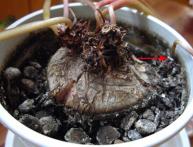
Comments
Mom always planted this wonderful flower in our flowerbed. I often played with them as a child, but it never occurred to me to eat them or even try them. Now I'll definitely try it.